Learning Through Play – An SENexchange Discussion
This blog on learning through play is a write up of the final #SENexchange of the 2020/2021 academic year. This chat was hosted by Georgina Durrant from author of 100 Ways Your Child Can Learn Through Play: Fun Activities for Young Children with SEN (Find out more here). There were a number of contributors so I have edited the responses down to capture the essence of their ideas. For a full write up search twitter for the #SENexchange hashtag.
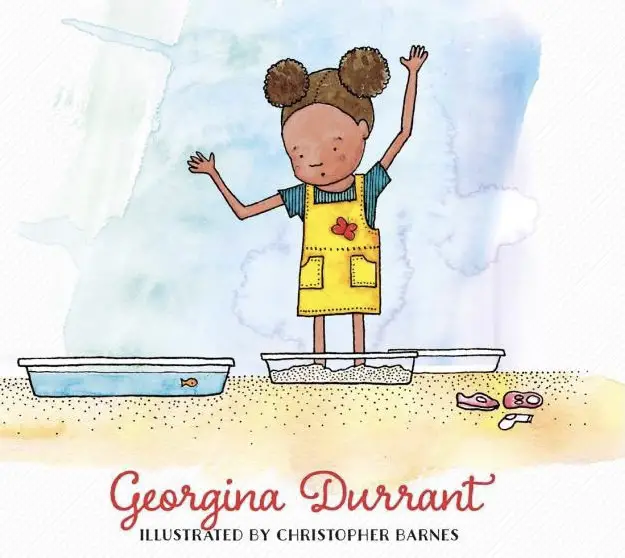
Questions and Answers from the #SENExchange contributors.
Why is play important for children with Special Educational Needs?
Georgina stated that play is enjoyable, play is how children learn. Children learn best when they are happy and having fun. I’m a huge fan of learning through play and I’d argue so are children It provides countless opportunities to develop really important skills.
Play is so important as it can develop key skills, lower stress and provide positive interactions with low pressure. Interaction, shared experience, exploration and discovery, problem solving, motor skills, language, processing, social contexts. Lowering stress is a really important point children need to feel relaxed to be able to learn. Shared experiences are really undervalued (especially in schools) just being together sharing something enjoyable can build strong positive associative memories and help with transition. Play allows for holistic development in a way not much else does – confidence, problem solving, communication, social skills, co-operation, creativity, the sky really is the limit! It naturally fits with where the child is at and allows for scaffolding in an exciting way for them
Mary Janssen from the USA stated that play is important for students with special needs because they are working so hard to meet goals. We need to find ways to make it enjoyable and engaging. This may link to the theory of flow state. where the child is so absorbed time flies and learning is really meaningful. We all learn best when we are happy and having fun. As educators we need to keep that in mind for our students.
Dr Chris Moore added that play is the most powerful way of entering a child’s world. It can show us what meaning they apply to objects, people and places. We discover what captures their attention and how they think about and solve problems. We find out what motivates, excites and calms them.
What play based activities can we do to help children with their fine motor skills?
Jess an RQT says “We do a lot of FMS but the biggest hits are always multi-sensory activities, especially involving water! A firm favourite is using spray bottles to clean windows or toothbrushes and bubbles to clean the animals.”
David an early years TA from Leeds states that almost all children these days need more gross motor, heavy pulling/pushing, hanging opportunities as they are the true foundation for any fine motor stuff.
Ms Barnsley, a senco, adds sorting, puzzles, outdoor learning, construction, creative art/DT, board/group games, playdoh/modelling.
Theres so many activities that can help with fine motor skills (I couldn’t fit all the activities I had for fine motor in my book) but usually fiddly things, threading beads, constructing, squishing and manipulating play dough. I love this activity for fine motor
Things like tap tap with the pins are excellent. Lots of construction requires fine motor input. A box of Cheerios and pack of dried spaghetti or pipe cleaners seems to provide hours of fine motor fascination! Writing letters/numbers, drawing shapes in sand, flour, paint, etc. Great for sensory feedback. Also lying down on the ground and using chunky chalk to mark make pavements, patios, sheets of paper on the floor are really good for building the muscles needed for fine motor skills.
In mathematics instruction the manipulatives are great for fine motor practice + play! Cubes, counting bears, and even things like buttons. Kids can learn abstract concepts with them but we should allow time to play with them too.
What are your ‘go to’ sensory play activities and in what circumstances do you find them useful?
Jess uses open ended resources where the children need to work together, particularly construction based activities, great for problem solving as a group and negotiation.
Georgina’s ‘go to’ sensory play activities are setting up activities with dried cous cous, rice etc. Really quick and simple to do and can be extremely relaxing and therapeutic to play with. Also love ice & water play for the same reasons.
Anything that can enhance their interest to extend play when they want to says Zoe an Early Childhood Practitioner, mud, sand, bubble wrap, play foam, play dough but definitely water, warm , cold, with ice, with bubbles.
What play based activities do you use to help with speech, language and communication skills?
Check out our page of AAC games for more ideas around this answer.
Callum uses PE a lot, PE and small group games are great.. Uno.. intensive interaction.. rebound.. just dance.
For attention Dr Chris Moore uses – Ready/Steady/Go, musical statues, pass the rhythm Understanding & memory – following directions in an obstacle course, Simon Says, remembering a shopping list Expressive – describing photos, giving directions for a treasure hunt, I Spy, 20 Questions.
Intensive Interaction. Taking their lead and supporting that relationship and supporting them moving to the next stage.
You can create aided language displays or PECS or sign for anything that motivates. All play is communication opportunity!
Why do we need ‘play based activities’ why can’t we just let children play?
We need both. Children definitely need to be able to ‘just play’ and we shouldn’t replace that with adult led activities. But use play activities in the place of more structured ‘work’- as our way in and to make it more engaging
Mary makes the point that in education our time with students is so valuable. We need to make sure that what we are doing with that time is purposeful. So while the students do need time to play, it should have a hidden academic purpose behind it.
David says play skills are best taught/coached/modeled during, before and after actual play and less likely to occur during adult set-up activities.
When children find it hard to take risks in formal learning & compare themselves negatively with other children, play can be a safe arena to observe, experiment and practise. When we give hands-on practical experiences that are humorous and memorable, learning flows.
Creating opportunities to stretch, challenge, develop learning, interaction, exploration, scaffold those experiences, generalise skills.
We hope you enjoyed reading this post please add any ideas you have into the comments below.
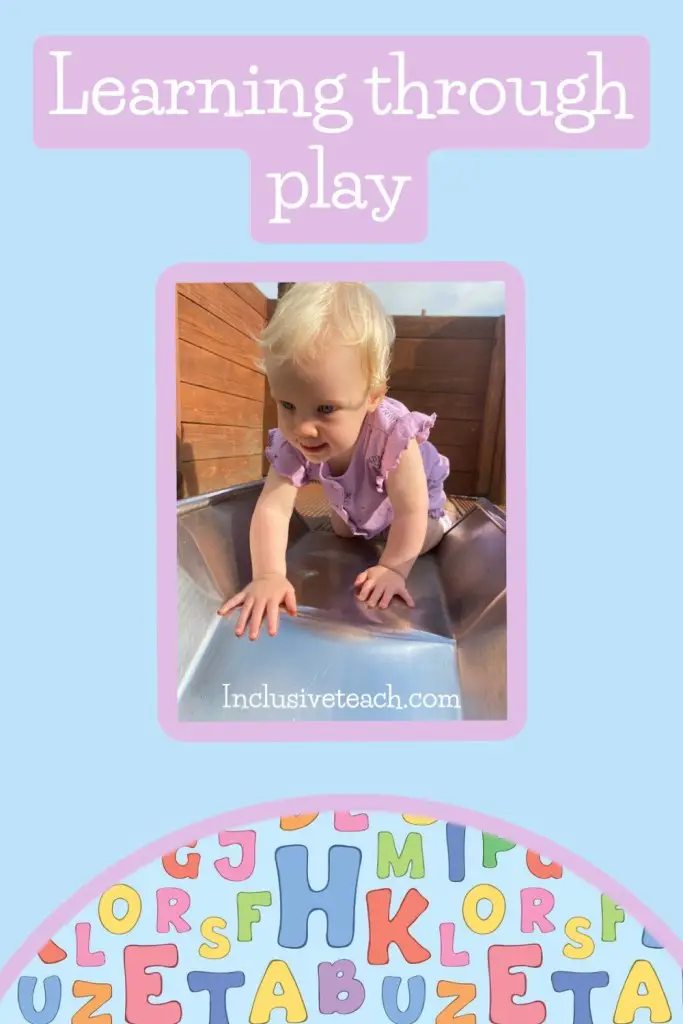


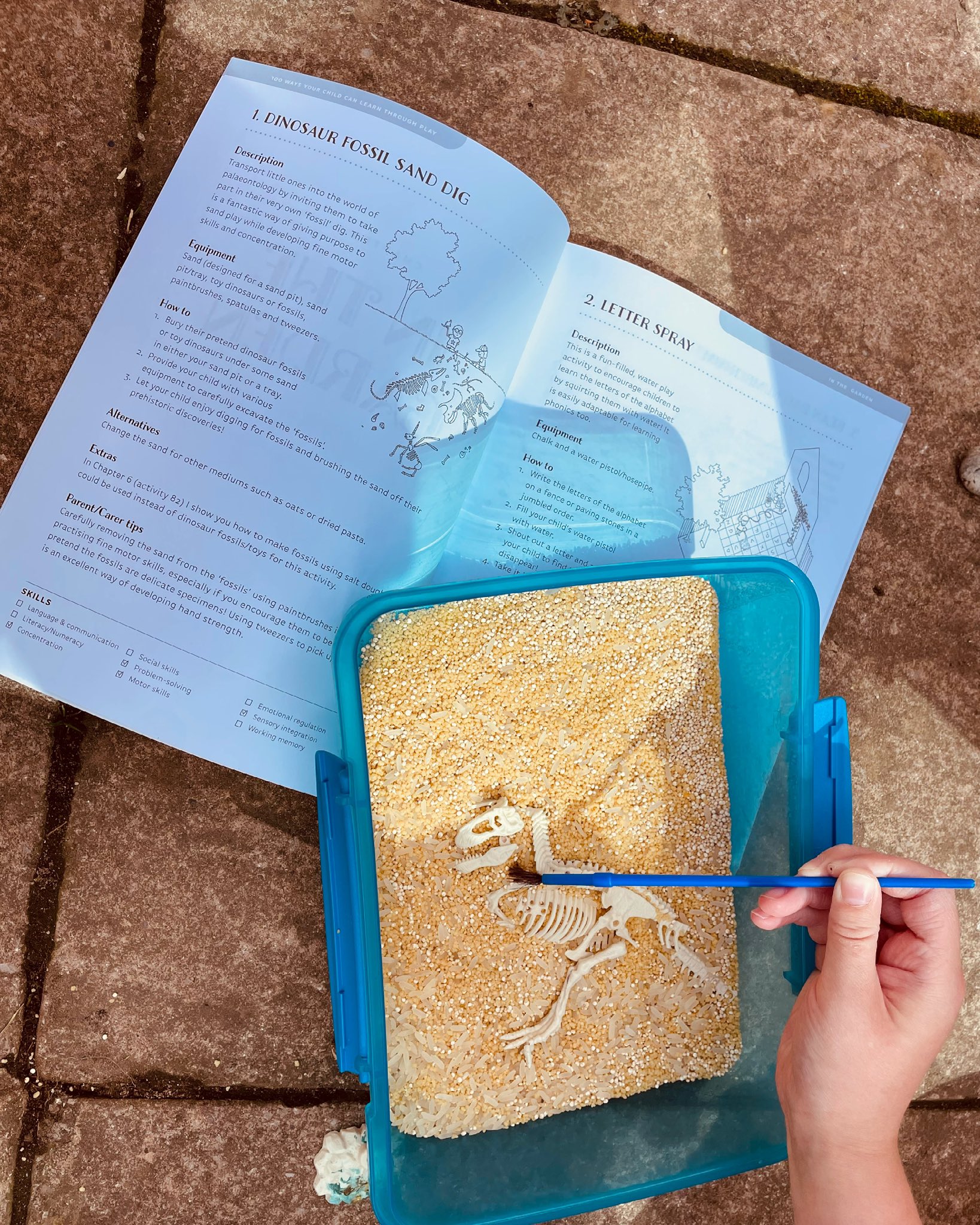
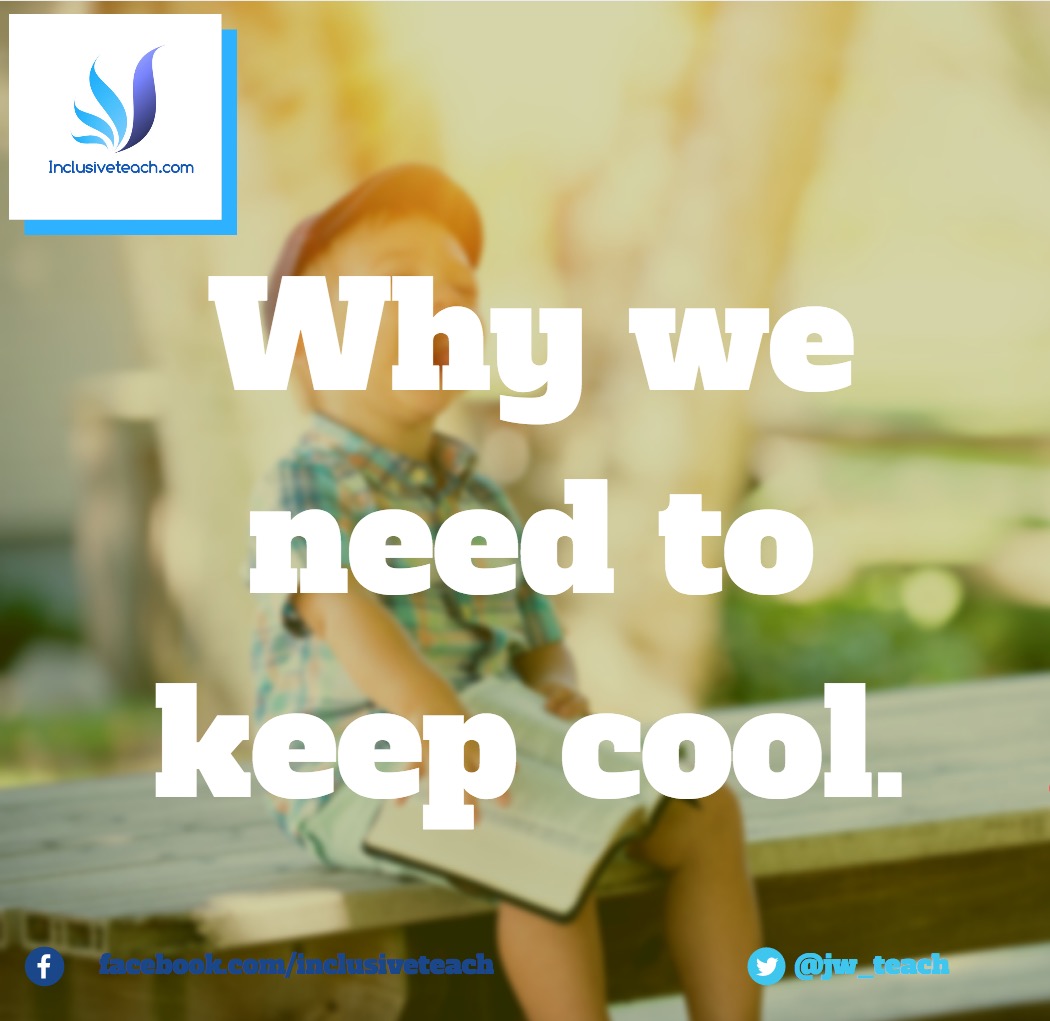
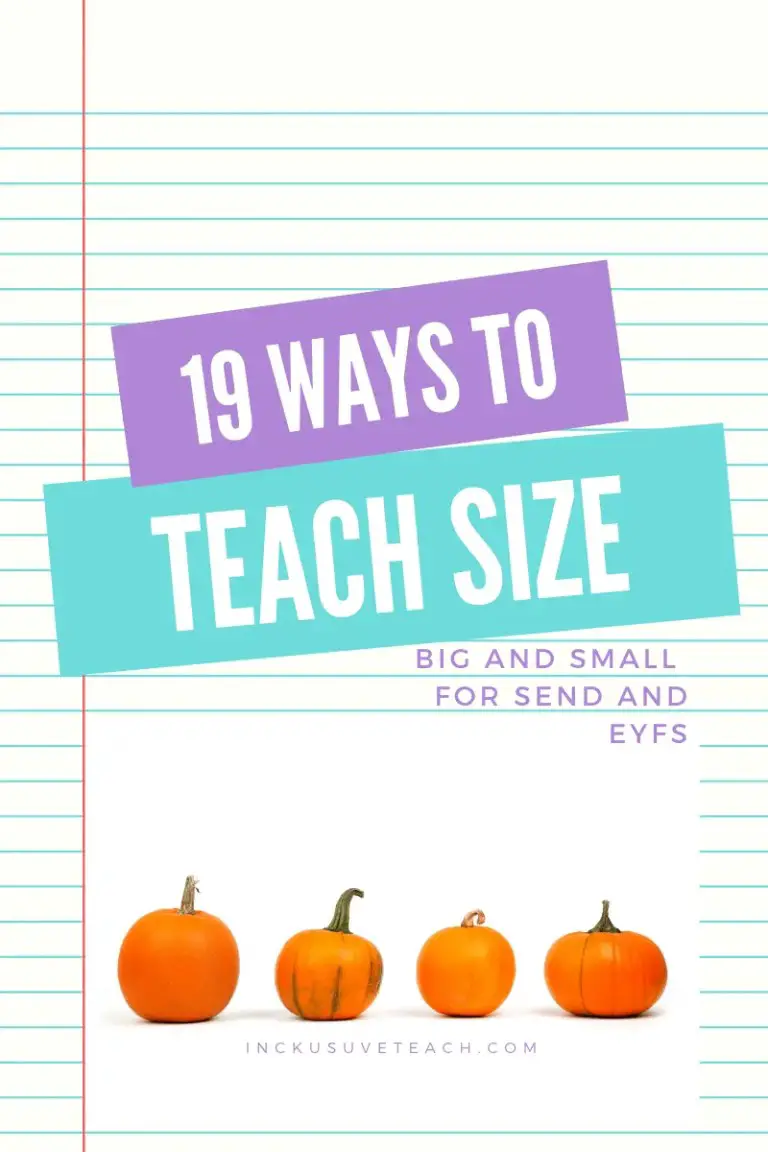
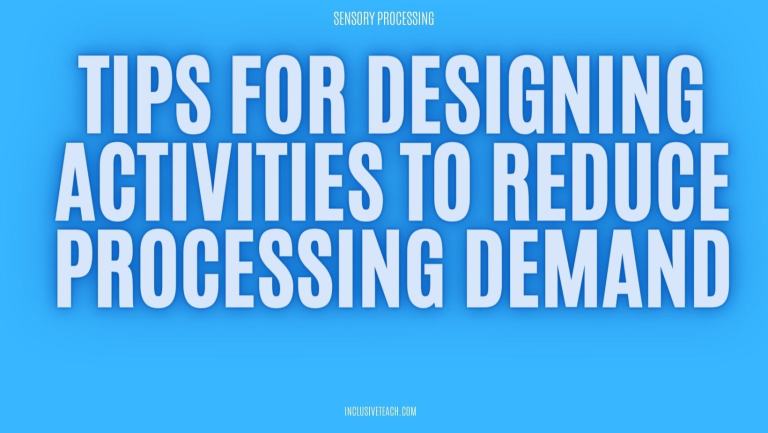
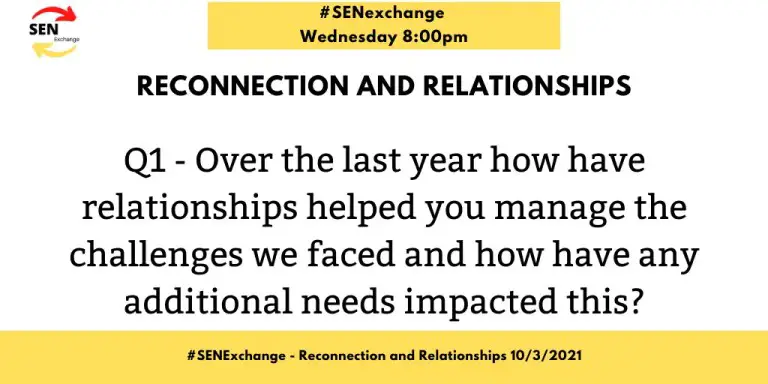
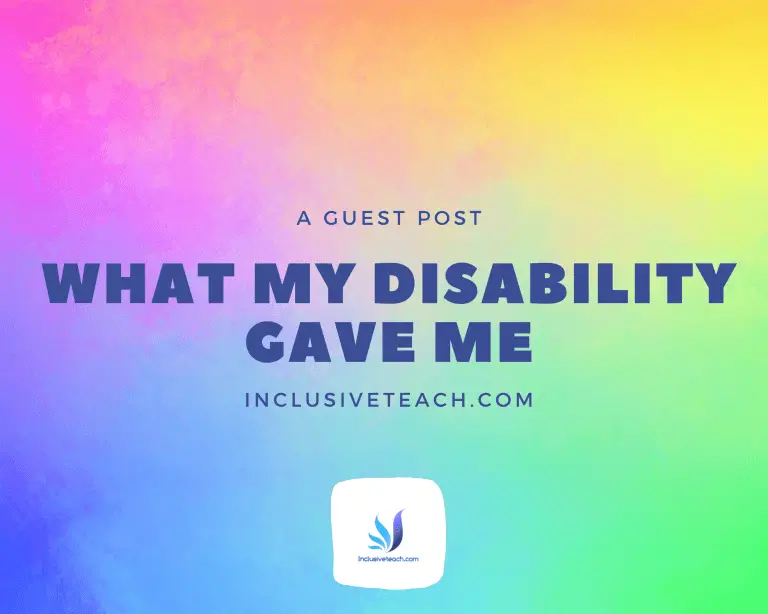
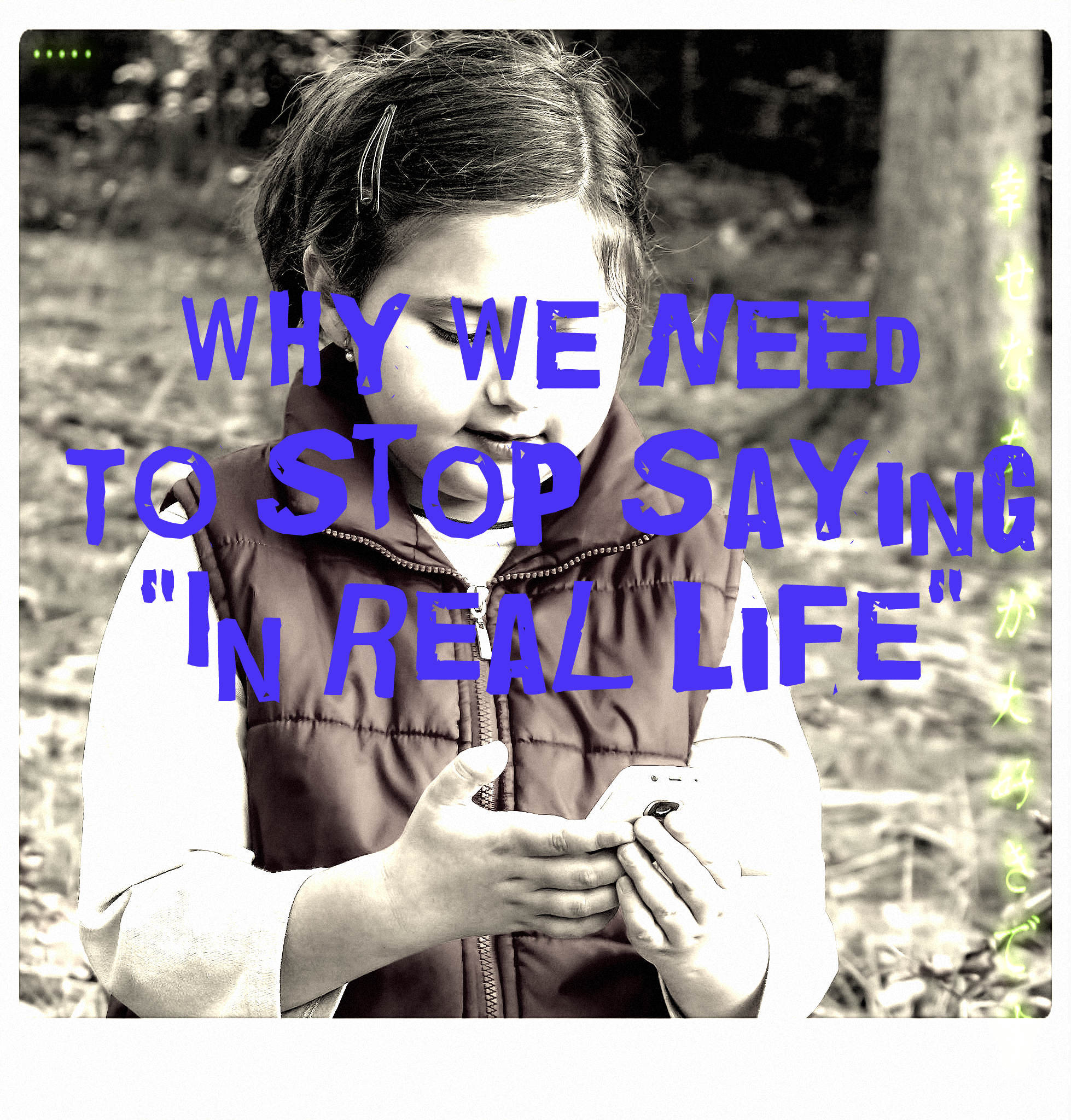
One Comment